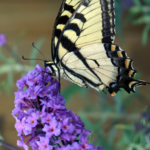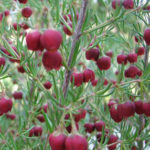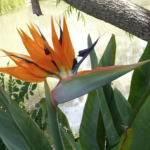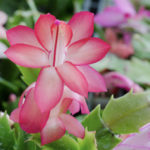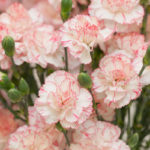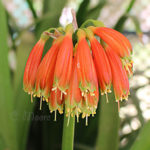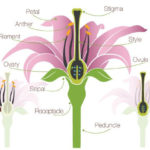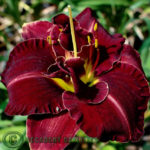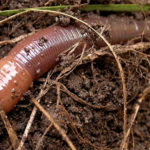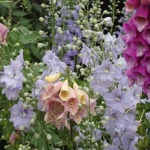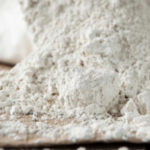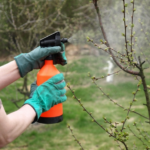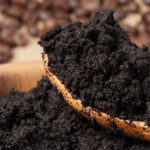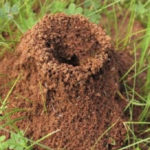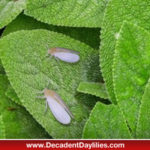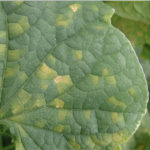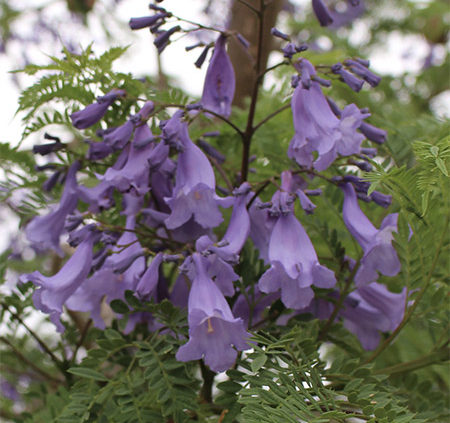
Jacaranda Tree Plant & Care
Jacaranda Tree All You Want To Know About Growing Jacarandas
 Jacaranda tree or Jacaranda mimosifolia are large trees which grow to a height of 10m and spreads 10m wide. This tree belongs to the family Bignoniaceae and is native to Central America, Brazil, Cuba and Bahamas. However, the tree has been introduced to most regions including cold, temperate, tropical and subtropical climate zones of Australia, where the Jacaranda trees have often been seen growing and flowering for the past 150 years. The tree has soft fernlike green foliage that turns yellow in winter before shedding its foliage, and the bark of the tree is thin and greyish brown in colour. This tree bears lavender, purple violet tubular blooms during late spring normally, but early summer this year, and the blooms last for about 2 months. The Jacaranda tree requires quite a lot of space to grow. These beautiful trees are commonly seen planted on many roadsides, lining the streets and grown in parks and home gardens in Australia. The fallen flowers of this tree usually form a colourful carpet. Jacarandas make good bonsai material as well. The leaves are bi-pinnate and the fruit is an oval capsule containing many seeds. In colder climates, the tree will not flower profusely.
Jacaranda tree or Jacaranda mimosifolia are large trees which grow to a height of 10m and spreads 10m wide. This tree belongs to the family Bignoniaceae and is native to Central America, Brazil, Cuba and Bahamas. However, the tree has been introduced to most regions including cold, temperate, tropical and subtropical climate zones of Australia, where the Jacaranda trees have often been seen growing and flowering for the past 150 years. The tree has soft fernlike green foliage that turns yellow in winter before shedding its foliage, and the bark of the tree is thin and greyish brown in colour. This tree bears lavender, purple violet tubular blooms during late spring normally, but early summer this year, and the blooms last for about 2 months. The Jacaranda tree requires quite a lot of space to grow. These beautiful trees are commonly seen planted on many roadsides, lining the streets and grown in parks and home gardens in Australia. The fallen flowers of this tree usually form a colourful carpet. Jacarandas make good bonsai material as well. The leaves are bi-pinnate and the fruit is an oval capsule containing many seeds. In colder climates, the tree will not flower profusely.
Growing Tips And Caring Conditions
Jacaranda cannot withstand temperatures below -70 C the small trees can be seriously damaged if exposed to frost conditions in the first 2 winter years of growth. This means you will need to care for the tree and cover up the deciduous tree during the first 2 frost seasons. After this, they are not affected by the frosts at all. They grow well anywhere Melbourne, Sydney, Perth and Northern coastal areas. These trees thrive when the climate is warm and need no attention in cool climate zones after the tree is 2 years old. The Jacaranda will grow in most soils but prefers sandy soil and full sun. Allow the soil to dry out between watering. If you want to keep the natural shape of the tree you should not prune the plant. But if you want to control the growth and shape, you can prune the tree. The tree has a vigorous root system and should be planted away from pipes, water lines, paths, etc.
Pruning Jacaranda Tree
You can trim the smaller branches during early spring. You can also clip off the suckers which grow vertically and keep only one main trunk with required branches. Cutting off excess branches will help to prevent splitting the trunk due to the weight of the branches. Thinning the canopy will also help to develop stronger and healthier branches. Make sure that you do not remove more than 20% of the growth.
Jacaranda’s Not Flowering
Jacarandas flourish in warm temperatures and tropical climate areas but still can grow in cooler climatic regions with light frosts, they do not flower as well in very cold areas. The growth of the tree will be slow when compared to the growth of the tree in warmer areas. Make sure that you plant Jacarandas in a sunny position in fertile soil and provide regular watering in summer. They do not need fertilising. You can also cover the soil around the roots with mulch in summer to retain soil moisture. Over pruning the tree also result in poor flowering.
Life Span And Growth Rate
This tree has a moderate life span. The tree reaches maturity in about 20 years and it can last for about 50 years. The tree is capable of re-growth if some damages occur. It is a rapid-growing tree. Pruning can improve the durability of the tree.
Jacarandas are easy to grow and are rarely bothered by pests and diseases and will germinate easily from fresh falling seeds from the trees. So try growing a Jacaranda tree they will provide you with beautiful colourful blooms and a lovely shade tree. They will also remind you that Christmas is not far away.


